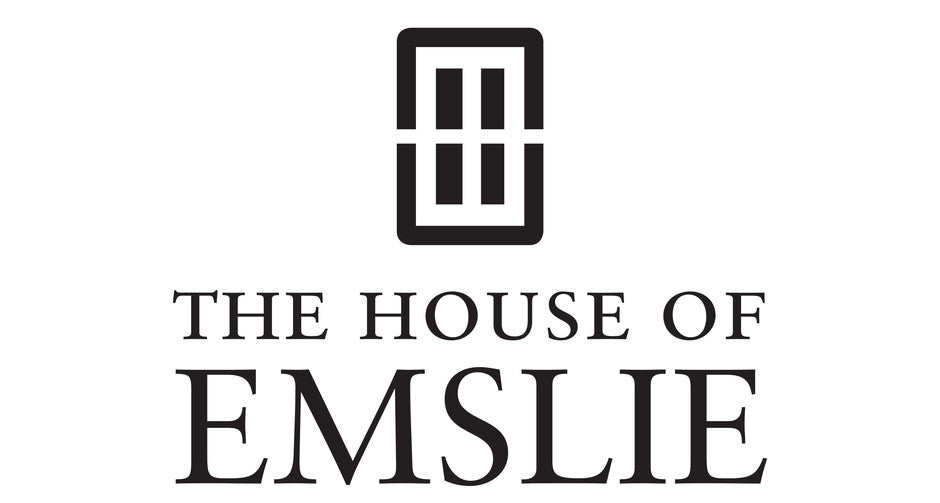Heady and Delicious
The wooded hills of Korčula stood out black against the pale sky. As we rounded the point and entered the harbour, the first rays of the rising sun were beginning to fall on the old houses of the port. Picking our way through a motley assortment of fishing vessels, we tied up by some stone steps which ran down to the water at the base of an ancient circular tower, emblazoned with the Lion of St Mark, the symbol of former Venetian domination.
We had arrived.
Although by my watch (Cairo time? Greenwich Mean Time? Central European Time? Double British Summer Time?) it was only five in the morning, a small crowd had soon collected to look at us. It included, I noticed with pleasure, one extremely pretty girl. After the tired, ragged villagers of the mainland, the islanders seemed prosperous and well, almost smartly, dressed. The houses, too, with their white, yellow, or pink walls and their green shutters, were undamaged and looked bright and inviting in the early sunlight. The sea was blue and clear as glass. The whole place had a holiday air that was most agreeable after our exertions and the austerity of Partisan life. Sleepily we tumbled out of our boat and up the steps and asked for Partisan Headquarters.
Everybody knew where it was and everybody came with us to show us the way, chattering merrily to us as we went, for the Dalmations have something of the cheerful volubility of the Italians they dislike so much. As usual we were plied with innumerable questions. What was happening on the mainland? Were the Germans going to invade the islands? How were they to defend themselves if they did? Had we met Tito? What was he like? Were we English or Americans? Had we been to California, where their aunt lived? (The Dalmations are great settlers.) Or Australia, where they had cousins? Would we take a letter to their father’s brother in New Zealand? Did we realise what devils incarnate the Italians were, and how the island had suffered under the occupation? Were we married? Did we like dancing?
Answering some questions and avoiding others, we made our way, followed by an excited, gesticulating crowd which increased in size as we went along, through the winding streets of the town to the old Venetian palace which housed its new rulers. Over the doorway the Lion of St Mark stood headless, decapitated by some over-zealous Partisan, anxious evidently to celebrate the end of Mussolini’s rule by destroying the symbol of an earlier period of Italian domination. We went in, through a magnificent colonnade and up a fine Renaissance staircase, at the top of which was a door. We knocked, someone answered, and we entered to find ourselves face to face with a Franciscan friar, who rose to greet us with the clenched fist salute. He was, he said, the Chairman of the Odbor, the local Soviet. We, for our part, explained who we were and what we had come for. He replied that he was delighted to see us and that all the resources of the island would be placed at our disposal. Meanwhile, while we were waiting for a house to be got ready, perhaps we would like to have something to drink.
We said we wouldn’t mind if we did. He rang and a bottle was brought in, closely followed by a curly-headed youth of about twenty, who was introduced as the commander of the garrison, a tall, elegant, Edwardian-looking character with a drooping moustache, who turned out to be his political commissar, and a brisk little man in a white silk shirt and sun-glasses who had been skipper of a merchant vessel.
Glasses were taken out of a cupboard and filled. The wine, a sunny Dalmation vintage from the islands, called, with admirable succinctness, grk, was heady and delicious, and soon we were all engaged in animated conversation.
Next →
← Previous





